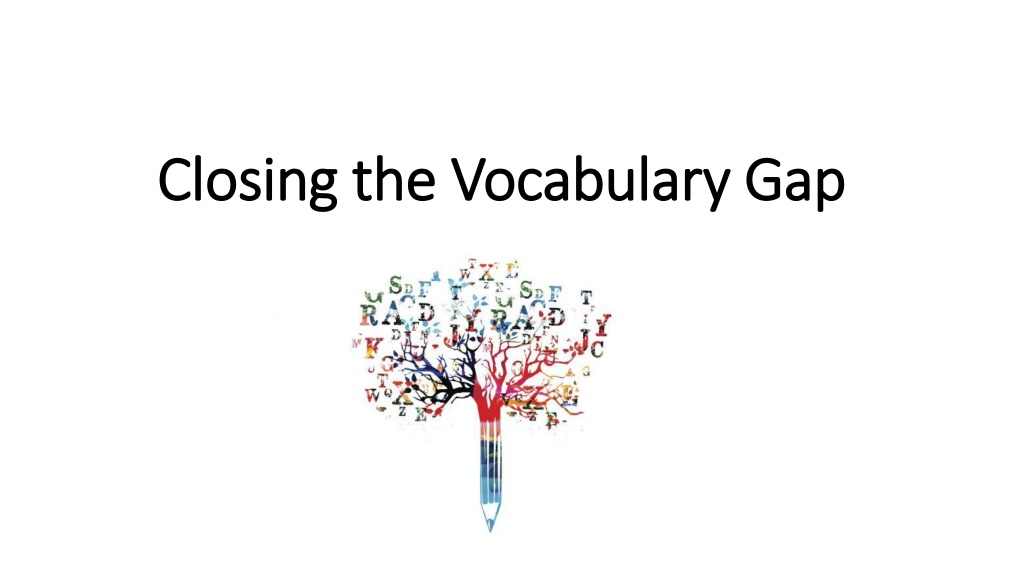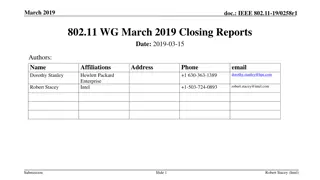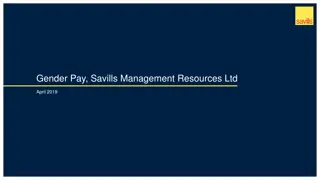Understanding and Closing the Vocabulary Gap in Education
Exploring the impact of the vocabulary gap on students, this content delves into the importance of a rich vocabulary for academic success. It discusses strategies to bridge this gap and highlights the challenges students face due to limited vocabulary.
Download Presentation

Please find below an Image/Link to download the presentation.
The content on the website is provided AS IS for your information and personal use only. It may not be sold, licensed, or shared on other websites without obtaining consent from the author. Download presentation by click this link. If you encounter any issues during the download, it is possible that the publisher has removed the file from their server.
E N D
Presentation Transcript
Closing the Vocabulary Gap Closing the Vocabulary Gap
Closing the Vocabulary Gap Closing the Vocabulary Gap Objectives: Understand what the vocabulary gap is Understand the impact it has on our students Explore practical strategies to close the gap
What is the vocabulary gap? What is the vocabulary gap? Vocabulary refers to the amount of words we know. Accessing an academic curriculum in order to achieve requires a vocabulary of around 50,000 words. A study into linguistics in the home (Hart and Risley, 1990) showed that parents in middle families spoke on average 32 million more words to their children over a period of 48months than parents in working class families. Gaps in the amount of words children know only get larger over time and mean that students struggle to express themselves, access an academic curriculum and therefore achieve social mobility.
What impact does a limited vocabulary have What impact does a limited vocabulary have on our students? on our students? What is the percentage of words you need to know in a text to ensure full comprehension?
Can you work out what process is being described? Can you work out what process is being described? 75% of words are included here. 75% of words are included here. _____ is marking a _______ on a measuring _________ . This involves ___________ the relationship between __________ of a measuring _________ and _____________ or ______ _________, which must be ____________. For example, placing a __________ in melting ice to see whether it reads zero to check it has been ____________ correctly.
Can you work out what process is being described? Can you work out what process is being described? 95% of words are included here. 95% of words are included here. _____ is marking a scale on a measuring instrument. This involves establishing the relationship between indications of a measuring instrument and standard or reference values, which must be applied. For example, placing a thermometer in melting ice to see whether it reads zero to check it has been ____________ correctly.
What impact does a limited vocabulary have What impact does a limited vocabulary have on our students? on our students? A poor vocabulary is the reason many of our students say they don t enjoy reading and simply reading more with no guidance is the most effective way to expand a child s vocabulary. It means students cannot access the whole curriculum, even if they are academically capable; for example, a student might have mathematical knowledge, but can t access a GCSE paper due to the language used. It limits our students ability to express themselves socially, creatively and emotionally leading to frustration and poor behaviour.
So what can we do about it? So what can we do about it? Explicitly teach vocabulary. Use back-of-book glossaries for new words and revisit these as a starter each lesson. Make new vocabulary visible. Every room has a wipe clean vocab board use it and refer to it when teaching new words. Guided reading. Keep word webs and Freyer diagrams handy in your tutor room to use when a student comes across a new word in their own book. Become word detectives . Use root words, prefixes and suffixes to work out potential meanings of a word useful for cross curricular vocab teaching.























